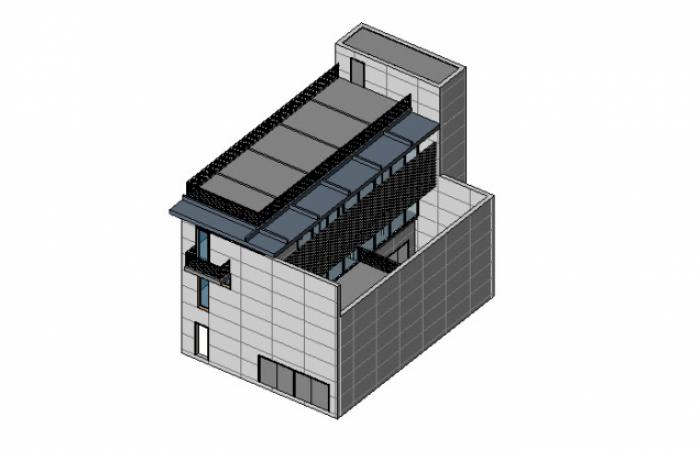The Fundamentals of Software Architecture Design

Software architecture is the high-level structure of a software system. It defines the overall components of the system and how they interact with each other. A well-designed software architecture can make a system more maintainable, scalable, and extensible.

Principles of Software Architecture Design

There are a few key principles that should be considered when designing a software architecture.
- Modularity: The system should be divided into small, independent modules that can be easily understood and replaced.
- Loose coupling: The modules should be loosely coupled, meaning that they should not depend on each other in a way that makes them difficult to maintain.
- High cohesion: The modules should be highly cohesive, meaning that they should be focused on a single purpose.
- Scalability: The system should be able to scale up to meet increasing demands.
- Extensibility: The system should be easy to extend with new features and functionality.
Architectural Patterns
There are a number of architectural patterns that can be used to design software systems. These patterns provide a way to organize the components of a system in a logical and efficient way.
some of the most common architectural patterns include:
- Layered architecture: This pattern organizes the system into a series of layers, each of which provides a specific set of functionality.
- Service-oriented architecture: This pattern organizes the system into a set of services, each of which provides a specific set of functionality.
- Microservices architecture: This pattern organizes the system into a set of small, independent services, each of which provides a specific set of functionality.
Tools for Software Architecture Design
There are a number of tools that can be used to design software architectures. These tools can help to visualize the architecture of a system and to identify potential problems.
Some of the most popular tools for software architecture design include:
- UML: The Unified Modeling Language (UML) is a graphical language that can be used to model the architecture of a software system.
- Enterprise Architect: Enterprise Architect is a commercial software tool that can be used to design, model, and analyze software architectures.
- Archimate: Archimate is an open-source software tool that can be used to design and visualize software architectures.
Benefits of Software Architecture Design
There are a number of benefits to using a well-defined software architecture. These benefits include:
- Improved maintainability: A well-designed software architecture can make a system easier to maintain and update.
- Increased scalability: A well-designed software architecture can make a system more scalable, allowing it to meet increasing demands.
- Enhanced extensibility: A well-designed software architecture can make a system easier to extend with new features and functionality.
- Reduced risk: A well-designed software architecture can help to reduce the risk of errors and defects in a system.
Conclusion
Software architecture design is an important part of the software development process. By following the principles of software architecture design and using the appropriate tools and techniques, you can create software systems that are maintainable, scalable, extensible, and reliable.

This is a very informative article on the fundamentals of software architecture design. I found it to be very helpful, and I will definitely be using the information in my own work. I have a few years of experience in software development, but I am always looking to learn more about best practices and design patterns. Thanks for sharing!
I disagree with some of the points made in this article. I don’t think that modularity is always the best approach, and I think that loose coupling can sometimes lead to a more complex system. I also think that scalability is not as important as reliability.
This article is full of buzzwords and jargon. I don’t understand most of it, and I don’t think it’s very helpful. I’m a software developer, and I need practical advice, not theoretical concepts.
This article is a great resource for software architects. I found it to be very helpful, and I will definitely be using the information in my own work. I have a few years of experience in software architecture, and I am always looking for new ways to improve my skills. Thanks for sharing!
I’m not sure I agree with everything in this article, but it’s definitely thought-provoking. I think the author makes some valid points, but I also think there are some other factors to consider. I’m going to have to think about this more before I come to a conclusion.
This article is a great starting point for understanding the fundamentals of software architecture design. I would recommend it to anyone who is new to the field or who wants to refresh their knowledge. However, I would also recommend doing some additional research on your own, as there is much more to learn about this topic.
This article is a joke. I’ve been a software architect for over 20 years, and I’ve never heard of any of these concepts. I think the author is just making this stuff up.
What’s the deal with software architecture design? It’s like, you’re trying to design a building, but you don’t know what the building is going to be used for. Or how big it’s going to be. Or how many people are going to be using it. It’s like, you’re just throwing darts in the dark.
I’m not a software architect, but I’ve seen enough movies to know that software architecture design is like, the most important thing in the world. If you don’t get it right, the whole thing is going to come crashing down. And then you’re going to be the one who’s to blame.